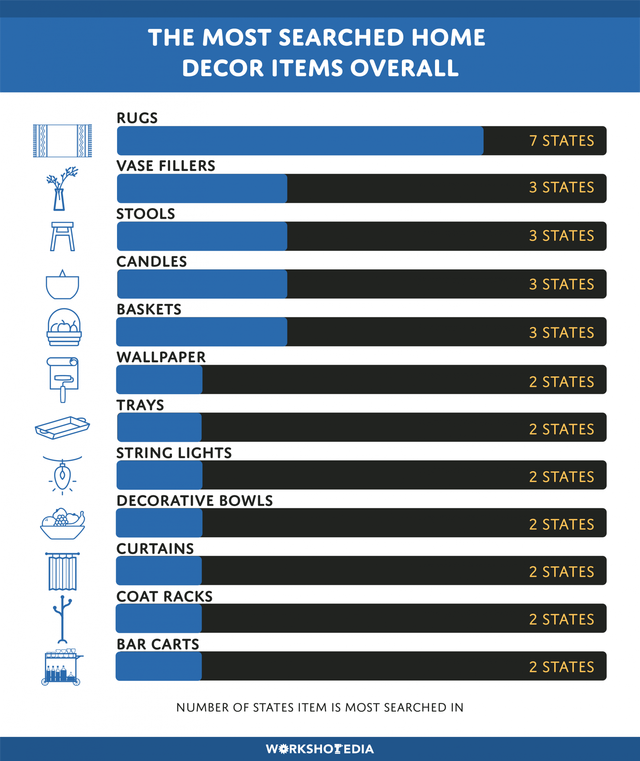The interior design choices people regret the most in lockdown

Bring on the paint swatches and power tools: The coronavirus has been a boon to home improvement projects around the world. In large and small measures, many in lockdown are tackling items on their renovation to-do list or simply seeking ways to inject novelty into their work-life spaces.
“We were surprised at just how many ways Covid-19 has impacted home improvement activity,” said Fred Miller, president of Consumer Specialists, which released a study indicating that 57% of American homeowners are doing some form of home upgrade last year. “In terms of consumer attitudes and behavior, there has never been a single force that has so significantly shaped the home improvement market.”
While the wave of home renovations has brought joy to many, inevitably, some DIY endeavors go awry.
A new study by HomeHow, a UK-based home improvement resource, listed the range of interior design investments people have come to regret over time. Of the 2,400 people surveyed, 61% say they regret decorating their homes in the industrial look, a style inspired by the gritty façades of warehouses and factories. Popular in start-up offices and converted loft apartments, the style makes creative uses of reclaimed machine parts, raw concrete, and exposed lightbulbs. Like the Brooklyn hipster craze of some years back, the industrial look can be cool, but in the wrong hands, it can also be stiflingly cold and impersonal.
2020 home design upgrade | % who regret it |
|---|---|
Industrial overdo | 61% |
Vessel sink | 58% |
Open shelving | 52% |
Shabby chic furniture | 41% |
Floral furniture | 39% |
Wrong scaled furniture | 33% |
Wall texture | 26% |
Leather sofas | 23% |
Dark colored wall | 12% |
Matching furniture sets | 9% |
It makes sense that people might rethink their impulse to go industrial during a year filled with anxieties. If the pandemic has taught us one design lesson, it’s that the emotional resonance of objects and places is just as important as their physical forms. In the case of interior design, we can design spaces that serve as an antidote to the grimness of the times.

Too cold for Covid.
Most coveted home decor items
The yearning for comfort is mirrored even in the small items we bring into our homes. In the US, for example, an analysis of 2020 Google shopping trends indicates that many Americans searched for decorative elements that would bring warmth and cheer such as rugs, candles, and various bric-a-brac to fill their flower vases.

Searching for comfort.

State-by-state shopping trends.
Feather, a furniture rental start-up for design conscious city dwellers, tells Quartz that the demand for “cozy” items such as sofas, chairs, and beds has increased by 260% during the pandemic. “People really want to feel comfortable since they are spending so much time at home,” explains Kendra Ovesen, the company’s head of merchandising. “It’s clear to us that people are playing around with their spaces, trying new things and looking for change.” Oversen also reports a four-fold increase in the demand for home office furniture.
Alternatives to costly room makeovers
With so much still in flux, renting furniture is one way to mitigate the astounding amount of environmental waste of room makeovers. The US Environmental Protection Agency estimates that 80% of discarded furniture and furnishings end up in a landfill each year.
Moving furniture around is also another way to inject novelty in our spaces without the cost and waste. A study by the furniture brand Joybird indicates that more Americans got into the habit of reorganizing during the pandemic. Of the 1,900 polled, 85% say that they take the time to organize their homes at least once a month.
Sign up for the Quartz Daily Brief, our free daily newsletter with the world’s most important and interesting news.
More stories from Quartz:

